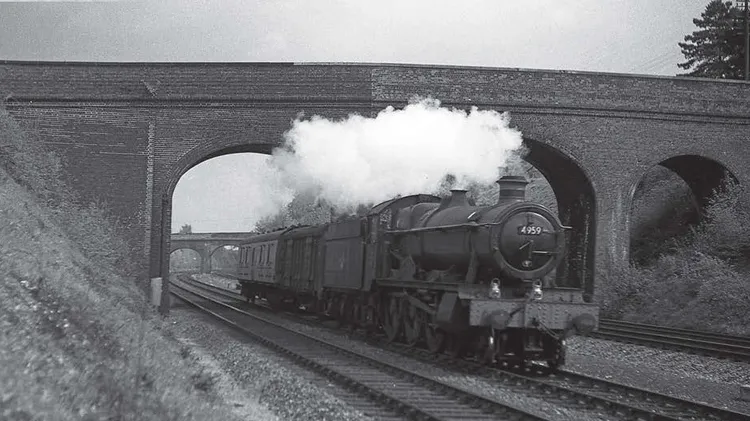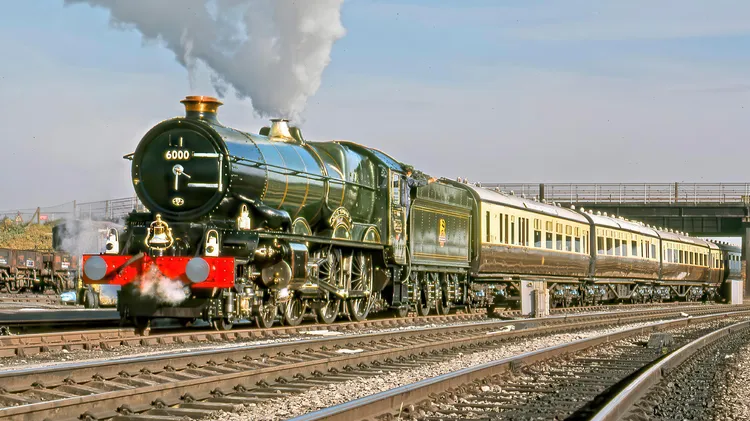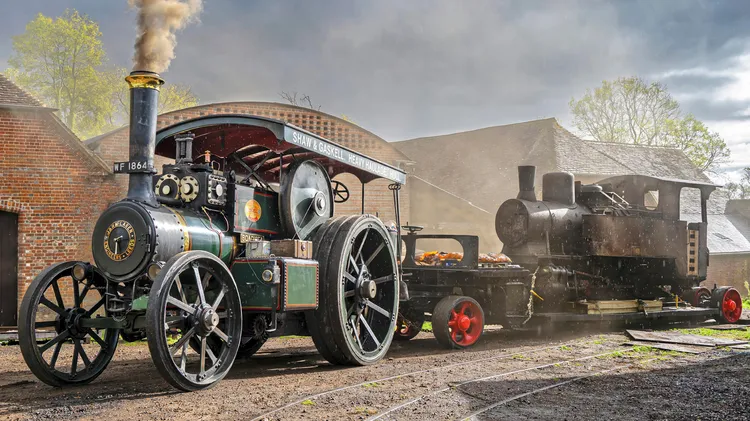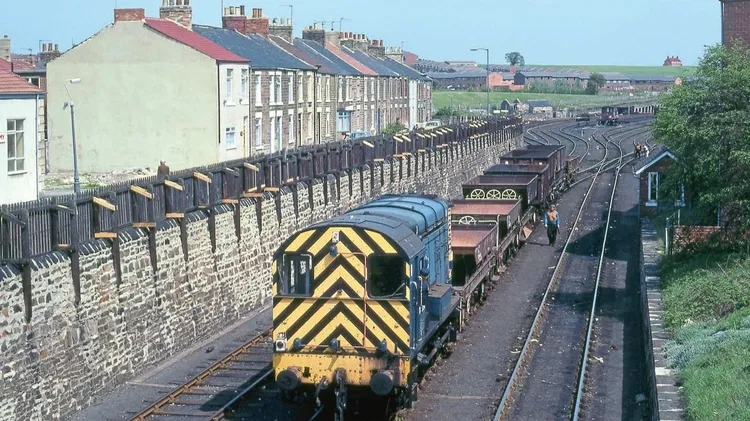Peter Kerslake recalls three visits to Sharpness to see the relatively
To sharpness for scrap
17 min read
This article is from...
Read this article and 8000+ more magazines and newspapers on Readly






